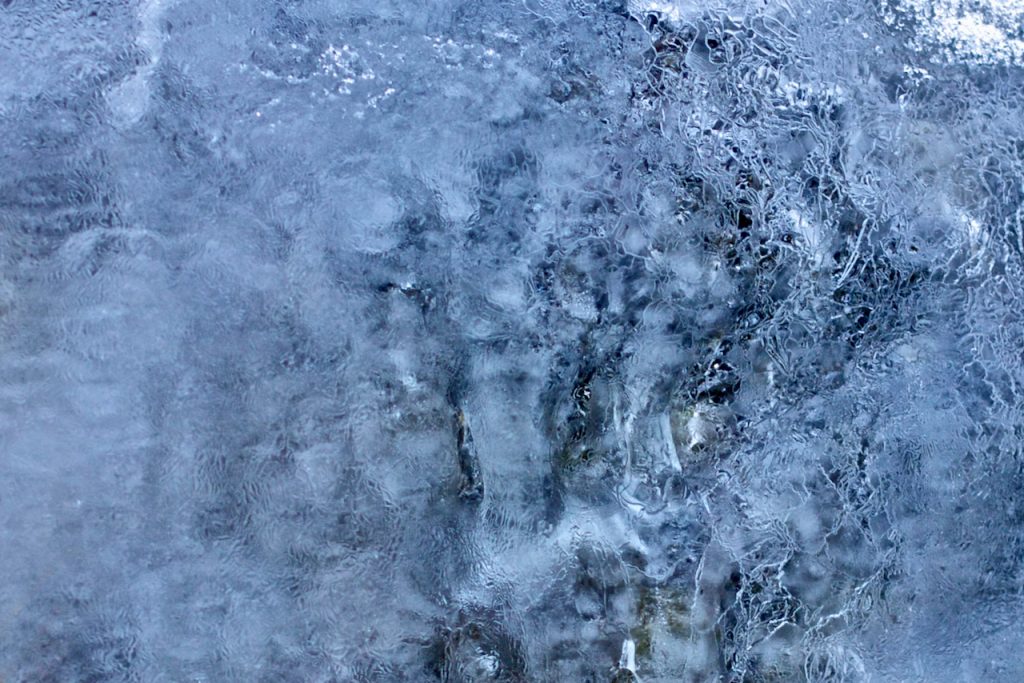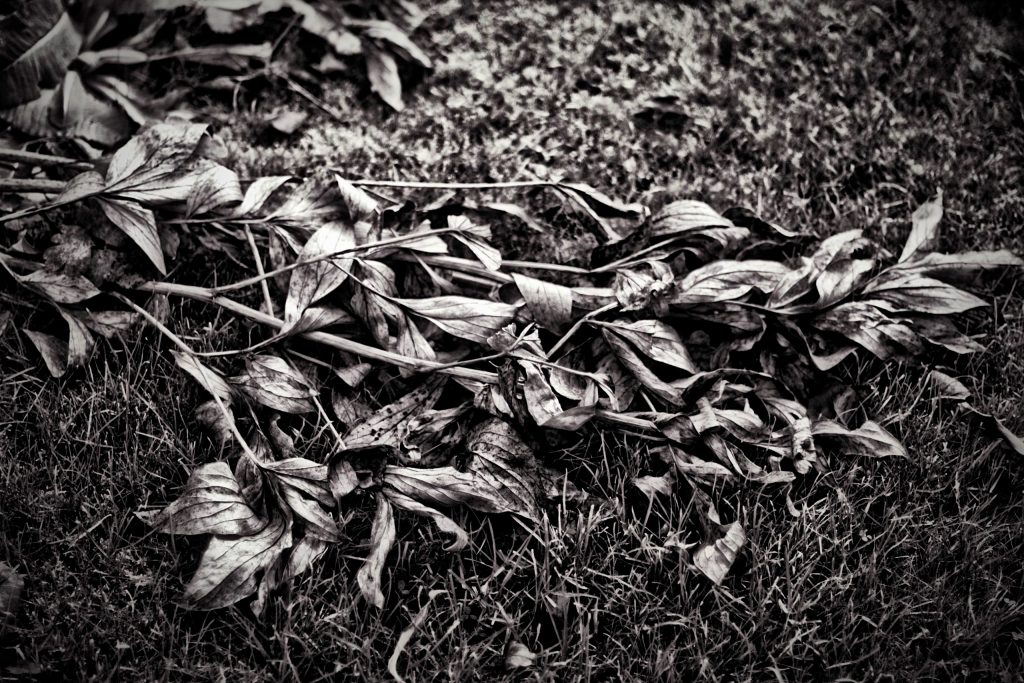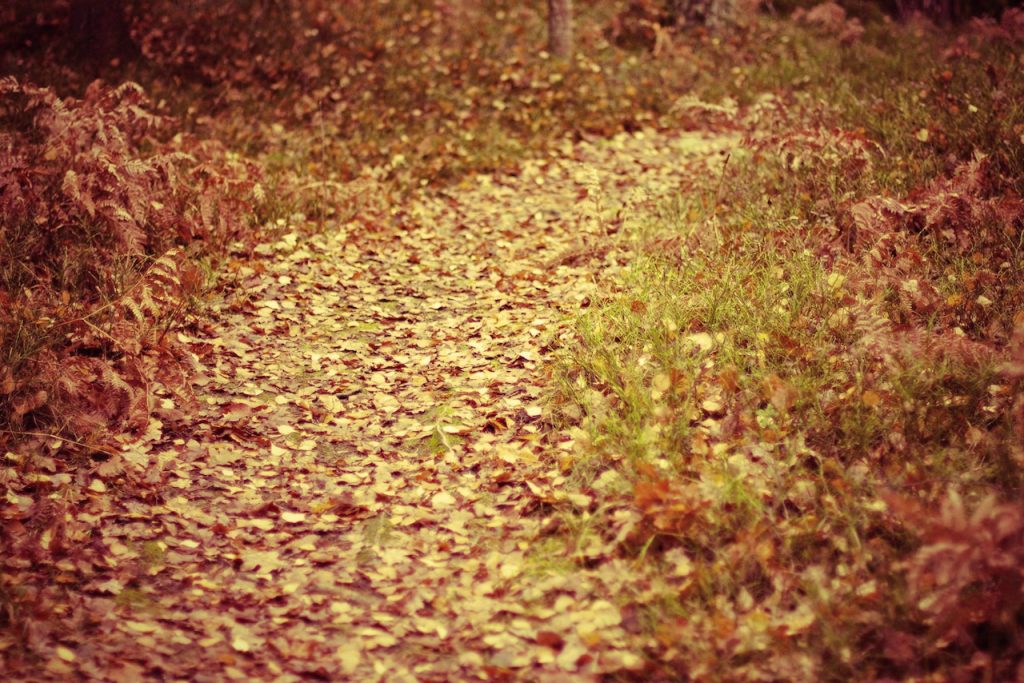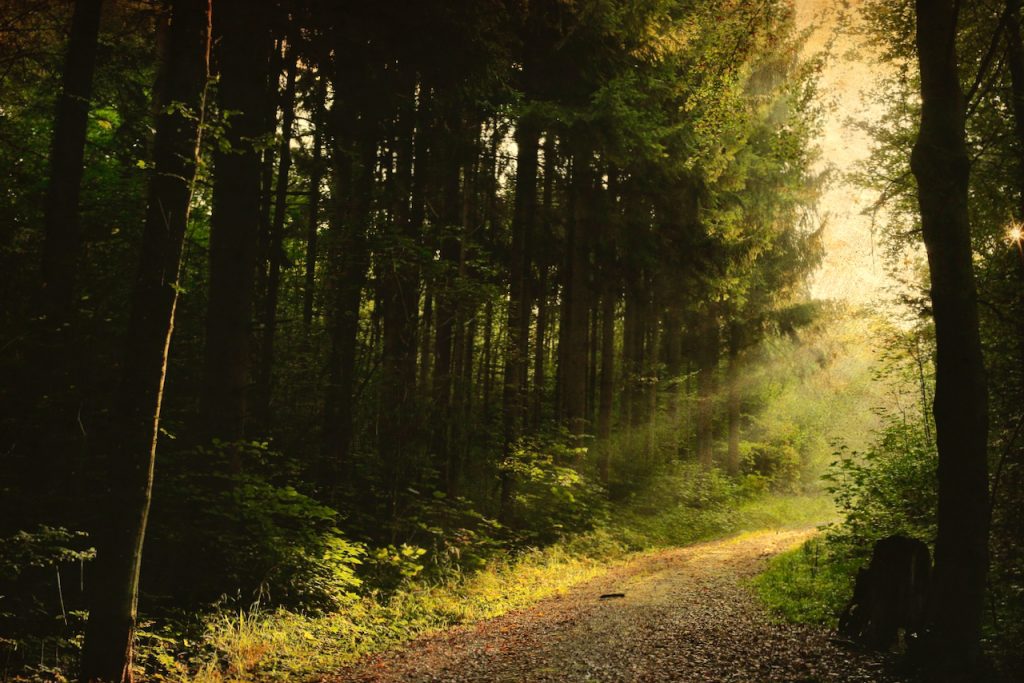
’Tis the first snow! Who is likely
To stay indoors?
Takarai Kikaku
Takarai Kikaku (1661 – 1707) was a Japanese poet and among the most accomplished disciples of Matsuo Bashō.
To read more poems, click here.

’Tis the first snow! Who is likely
To stay indoors?
Takarai Kikaku
Takarai Kikaku (1661 – 1707) was a Japanese poet and among the most accomplished disciples of Matsuo Bashō.
To read more poems, click here.

We took rest on a mountain pass
Even above the soaring lark.
by Matsuo Basho
Matsuo Basho (1644 – 1694) was the most famous Edo period poet and a haiku master.
To read more poems, click here.

Lo, ice and water joyfully
Are reconciled to one another.
Matsunaga Teitoku
Matsunaga Teitoku (1571 – 1654) was a Japanese poet who founded the Teitoku (or Teimon) school of haiku poetry.
To read more poems, click here.

Oh, grave-mound, move!
My wailing is the autumn wind.
Matsuo Basho
Matsuo Basho (1644 – 1694) was the most famous Edo period poet and a haiku master.
To read more poems, click here.

Ah! I take my breakfast,
Viewing morning glories.
Matsuo Basho
Matsuo Basho (1644 – 1694) was the most famous Edo period poet and a haiku master.
To read more poems, click here.

Will you not call on me in my loneliness?
A paulownia leaf has fallen.
Matsuo Basho
Matsuo Basho (1644 – 1694) was the most famous Edo period poet and a haiku master.
To read more poems, click here.

The autumn is advanced.
What sort of people can my neighbors be?
Matsuo Basho
Matsuo Basho (1644 – 1694) was the most famous Edo period poet and a haiku master.

How the autumn storm roars,
Blowing along even wild boars!
Matsuo Basho
Matsuo Basho (1644 – 1694) was the most famous Edo period poet and a haiku master.

Along this road
Goes no one;
This autumn evening.
by Matsuo Basho
Basho (1644-1694) is the most famous poet of the Edo period in Japan.

An old tree was felled …
Echoing, dark echoing
Thunder in the hills.
Meisetsu Naito (1847 – 1926)
Copyright © 2024, Mihaela Limberea. Proudly powered by WordPress. Blackoot design by Iceable Themes.